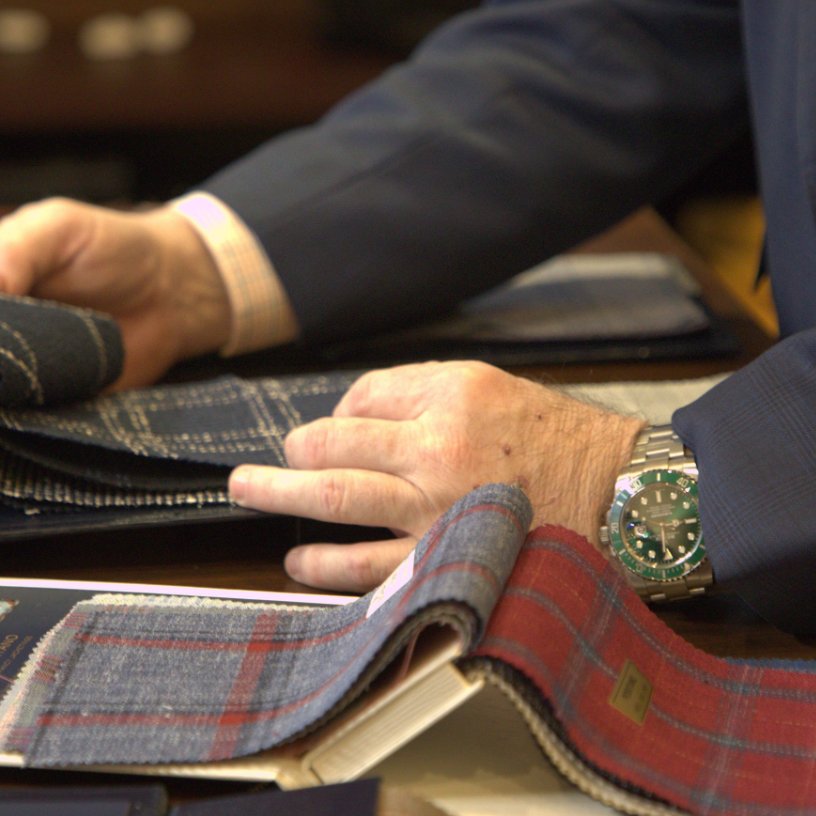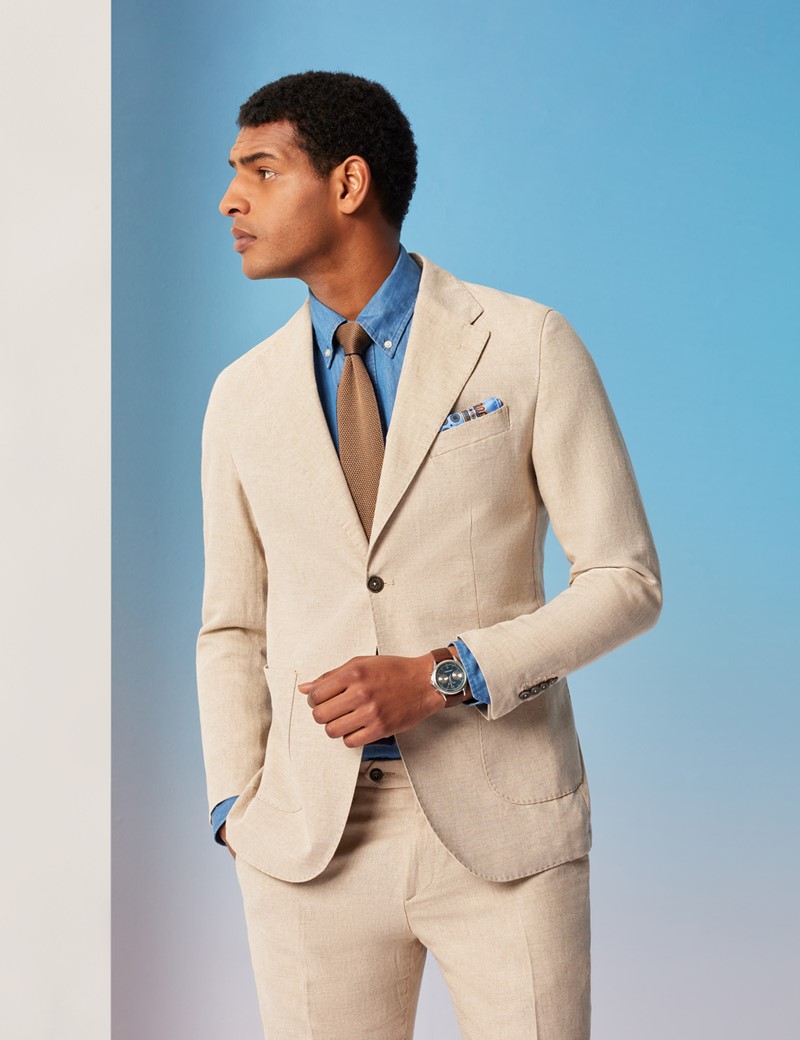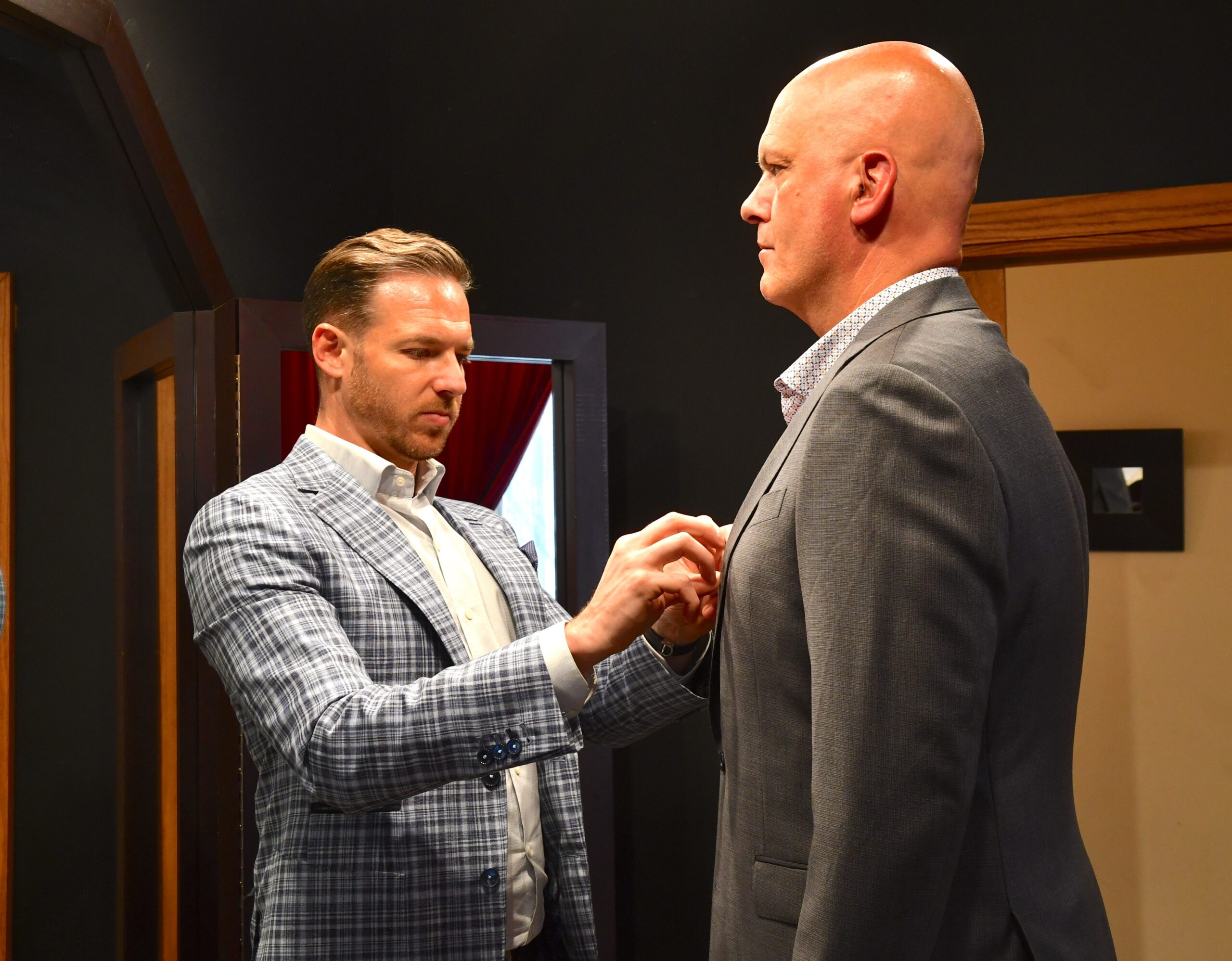“If you know the way broadly, you will see it in everything.”
— Miyamoto Musashi, 17th Century Japanese Swordmaster, Artist & Philosopher
At Henry A. Davidsen, Master Tailors & Image Consultants, we believe that style is more than appearance — it’s expression. Like music, great personal style follows a structure. And like music, its magic lies in how that structure is interpreted.
While we certainly love our fair share of Italian wool and full-canvas construction, we know the well-dressed man doesn’t exist in a vacuum. He’s a connoisseur of life’s broader pursuits. (Our founder even hosts a podcast about them — feel free to explore here.)
So today, we take inspiration from another art form — music — to explain how men can refine their aesthetic and approach dressing not just as routine, but as composition.
Colors as keys, shades as octaves
 In music, a key is a group of notes that naturally work well together — they “belong” in the same sound family. The reason they sound harmonious has to do with the mathematical relationship between the sound waves — but most listeners don’t need to understand the physics to recognize when something sounds right.
In music, a key is a group of notes that naturally work well together — they “belong” in the same sound family. The reason they sound harmonious has to do with the mathematical relationship between the sound waves — but most listeners don’t need to understand the physics to recognize when something sounds right.
The same is true for clothing.
Just as a composer chooses a key for emotional tone, a well-dressed man selects a color palette that resonates — professionally, personally, and contextually. Think of color families as “keys”: a deep navy suit, soft gray shirt, and charcoal tie are all in the same key. They feel effortless together because they share tonal harmony.
Within a color family, different shades act like octaves — higher or lower expressions of the same theme. A light blue shirt with a navy jacket and steel blue pocket square plays like a chord. Balanced. Cohesive. Classic.
But what happens when you pair two similar tones that don’t quite line up — like navy and black? The visual tension is subtle, but present. It’s not a mistake… but it’s no longer harmonious. You’ve moved into dissonance — and that’s where things get interesting.
Dissonance and Harmony: The Art of Intentional Clashing

In jazz, dissonance isn’t a flaw — it’s a tool. The right note, played slightly “out of key,” creates tension, emotion, and complexity. It captures attention. It demands a resolution.
Dressing works the same way.
While harmony in wardrobe builds credibility and polish, intentional dissonance — like pairing a patterned shirt with a boldly checked blazer — creates interest. The goal isn’t shock value. It’s deliberate contrast — chosen with confidence and balance.
But here’s the critical distinction: dissonance only works when the foundations are solid.
A man improvising without knowledge looks messy. A man dressing with mastery? That’s jazz.
At Henry A. Davidsen, we guide our clients through this balance. We ensure each ensemble respects the core style principles — what we might call the “scales” of dressing:
-
Scale = Fit. Proportion is everything. A symphony played off-beat is chaos — and so is an ill-fitting jacket.
-
Rhythm = Balance. Pattern, texture, and silhouette must complement one another.
-
Tone = Occasion. Every setting has its own emotional key. A well-dressed man adjusts accordingly — without losing his voice.
When you understand the theory, you can play the music — with personality, presence, and authenticity.
Sheet Music vs. Improvisation: Structure vs. Style

Some men dress like they’re following sheet music — classic, composed, refined. Dark suits, white shirts, conservative ties. It’s not boring — it’s disciplined elegance.
Others are jazzmen — they improvise. A textured sport coat with tailored denim. A turtleneck under a blazer. Monk straps with a navy suit. Done poorly, it feels like guesswork. Done well, it’s signature.
But even the most spontaneous jazz solo is built on a deep command of theory.
This is where most men struggle. They want to break the rules, but they don’t yet understand them. That’s why our 360-degree approach — Consult. Educate. Design. — is so powerful.
We don’t just make garments. We build wardrobes and teach the theory behind them. So when the occasion calls for improvisation, our clients don’t just look the part — they own it.
Compliments Guaranteed
Whether you’re playing classical or jazz, the goal is the same: to move people. Great musicians earn applause. Great dressers earn compliments.
Our corporate promise — compliments guaranteed — reflects our confidence that, with the right guidance, your wardrobe will perform as well as you do.
You’re already composing your life. Let’s make sure you’re dressed for the music.



